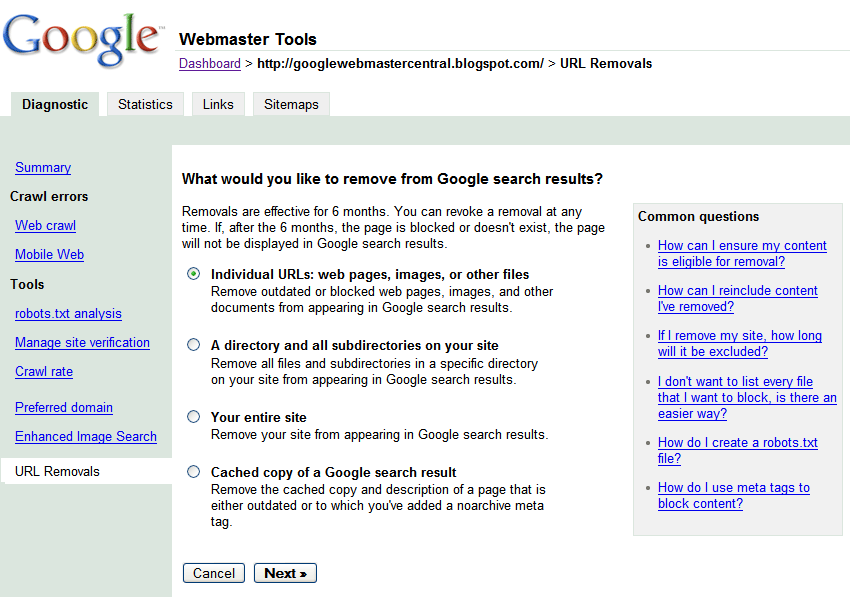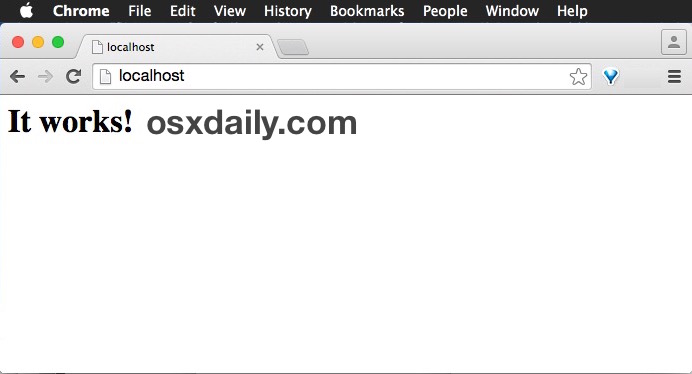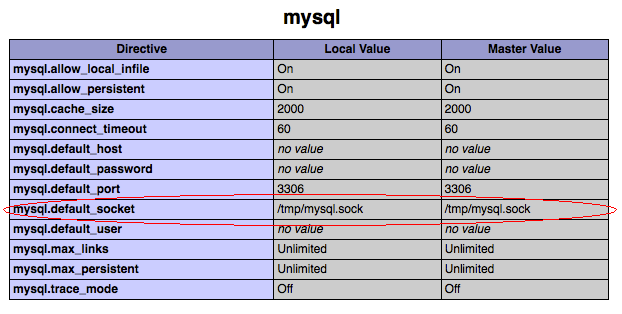

- #MAC OS X APACHE RUNNING BUT APACHECTL STOP NOT WORKING UPDATE#
- #MAC OS X APACHE RUNNING BUT APACHECTL STOP NOT WORKING UPGRADE#

Since, after the update, PHP will need to be reconfigured and will need to have any extensions re-installed, it may also be useful to grab copies of the archives relevant to your installation in advance, just to save a few minutes after the update. Preliminaries: Things to Back Up (Again) Before MavericksĪfter the update, I found it useful to have backup copies handy of the PHP includes from /usr/lib/php, the PHP configuration file from /etc, and the primary Apache config file httpd_server_app.conf from.
#MAC OS X APACHE RUNNING BUT APACHECTL STOP NOT WORKING UPGRADE#
In addition, I’m not offering much in the way of diagnosis - i.e., in many cases I have no idea why OS X Server might have done things like, say, switching off htaccess-based overrides, I’ve only noticed that it has, and marked the behaviour down as something that a server administrator may need to fix once the upgrade is complete.

Therefore, for readers contemplating the update, I’d suggest skimming through the whole article first to check what, if anything, might apply.
#MAC OS X APACHE RUNNING BUT APACHECTL STOP NOT WORKING UPDATE#
This article is not at all intended as a step-by-step guide, but rather as a hodge-podge of my own experiences with the update that may be specific to my own particular setup. However, for those running multiple virtual hosts, or relying on MySQL databases, or using custom logging, or using htaccess-based security, or caching PHP in RAM, or even relying on global PHP includes, quite a few things may need tweaking after the update. Fortunately, it’s not too difficult to put everything back together again.įor those using OS X Server to host just a single site (or none at all), and who haven’t added much in the way of customisations or performance enhancements, it’s entirely possible that the upgrade to OS X 10.9 and Server 3.0.1 - the versions current as of this writing - could be as smooth as silk. You know you’ve upgraded your OS X Server to Mavericks when websites disappear, MySQL won’t start up, your PHP includes have been erased, htaccess-based security is gone, and Apache performance bogs down.


 0 kommentar(er)
0 kommentar(er)
